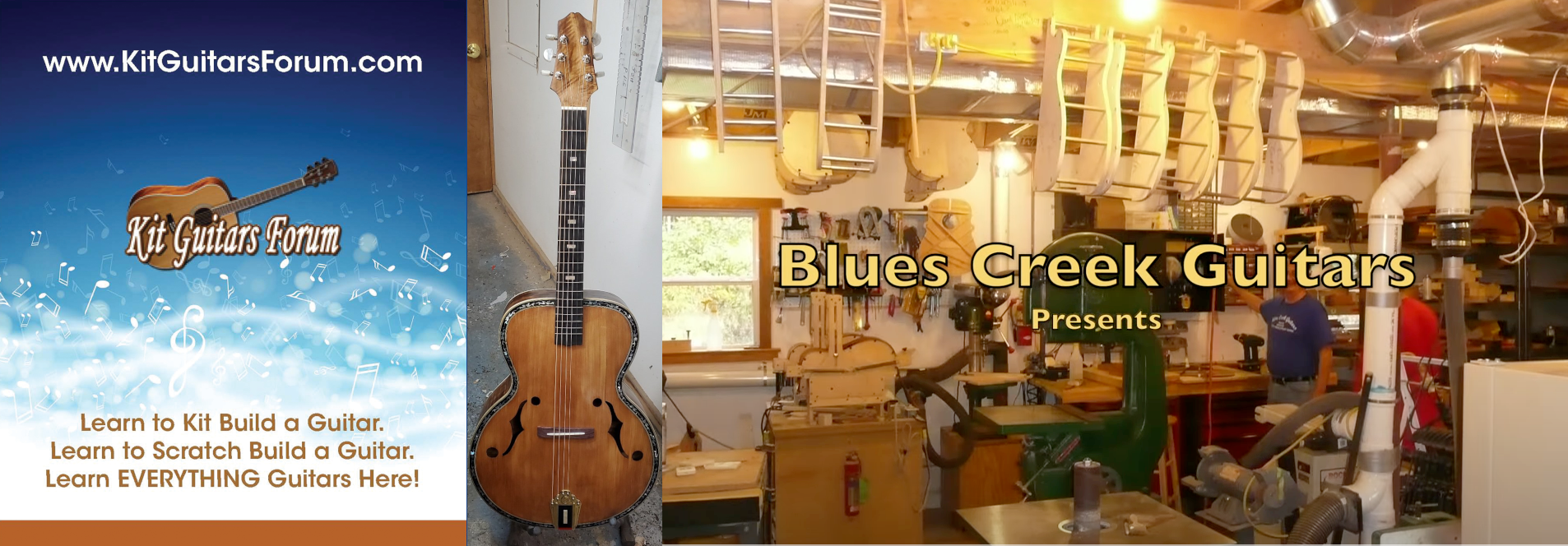tippie53 wrote:Most of the builders that laminate still use the main wood as spruce as it is still the lightest and use anything from carbon fiber to ebony.
You are correct that you want light and stiff but you also need to be able to control the stiffness . Martin even use aluminum for a top on a series of guitars. It was very forward thinking for them. They actually did sound ok. The back and sides were HPL .
I started building before the were many sites on the net but it is difficult to find accurate information . We are here to help so please don't get too frustrated , you may be asking questions for which we may not have an answer. Also you didn't even start discussing glues yet,
To me, the experimentation is part of the allure of guitar building!
I love thinking outside of the box - though right now I'm focusing on the inside (engineer's attempt at a pun).
Yeah, don't get me started on glues... yellow, white, hide, fish - I actually bought all of them.
I happen to love epoxies and resins (I literally buy the stuff in drums) but you might as well give up on the idea of being able to repair the guitar (is planned obsolescence okay on a $1-5k guitar? JK).
And though I like carbon fiber and work with composites every day, I am intrigued wth using traditional materials in a modern way. In fact, I'll probably make an acoustic guitar mold in some non-symetrical shape (Jaguar or such?) just to have some fun.
Like both John's imply, you have to experiment, and keep track of what each change does - what works and what doesn't. The hard part is changing several things at once, and knowing what caused what (on top of the variations that two different pieces of wood can cause, this is probably an impossible task to attribute correctly). It kind of reminds me of how the ancients discovered their medicines and remedies... at least with guitar building people aren't dying if you tried the wrong combination.
Back to bridge plates: I really like Ryan's laser cut honeycomb bridge plate - that is taking lightness to a serious level. I will probably try something like that after I get a few builds under my belt.
So, beside wood species (and glue) what other fun stuff is there to experiment with regarding bridge plates?

